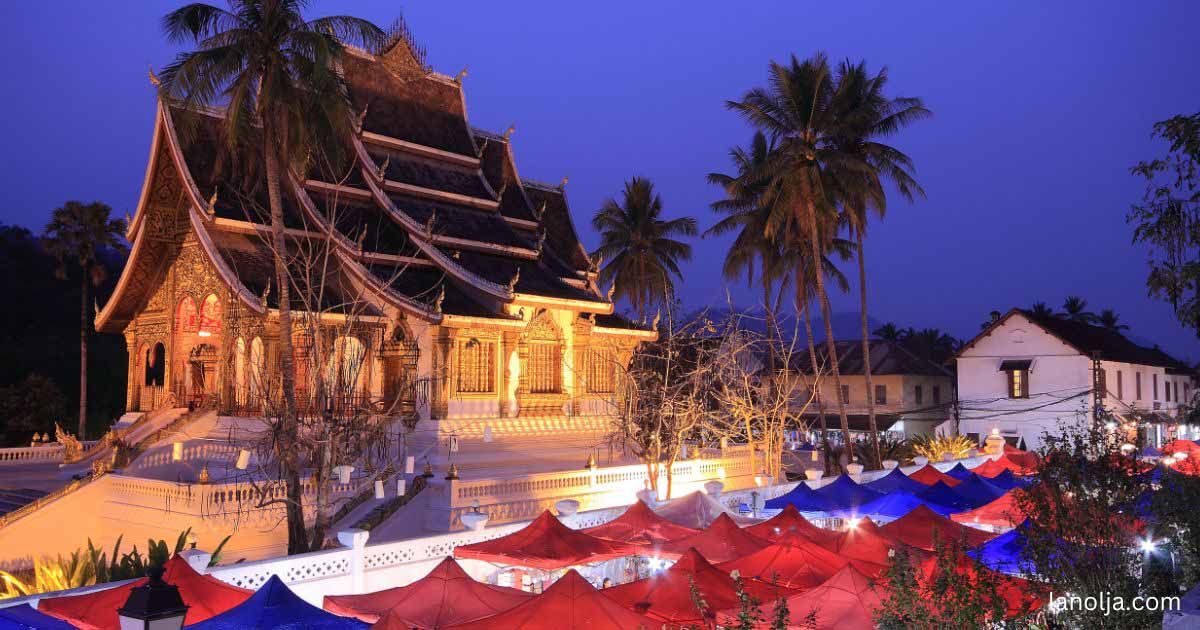When the sun sets, a different world awakens—a world full of vibrant energy, pulsing rhythms, and the thrill of possibility. 비엔티안 변마 후기 for centuries, has been a universal phenomenon, evolving with cultures, technology, and societal trends. But beyond the flashing lights and thumping bass, nightlife is a dynamic culture that reflects human desires for connection, expression, and escape.
The Universality of Nightlife
Nightlife isn’t confined to one part of the world. From Tokyo’s futuristic Shibuya district to the neon-lit streets of Miami, nightlife serves as a common thread that unites cities, towns, and people globally. What makes it so fascinating is its dual nature—it is both an expression of the culture it represents and a temporary departure from daily life. During the day, cities are industrious and structured, but as night falls, an air of freedom and indulgence takes over.
Across the globe, nightlife manifests in different ways: Paris is known for its chic cocktail bars and jazz clubs, New York City for its all-night warehouse raves, and Barcelona for its eclectic mix of tapas bars and electronic dance music (EDM) venues. Each city’s nightlife is a reflection of its cultural identity, shaped by history, geography, and the people who inhabit it. Yet, the common factor remains the pursuit of leisure, fun, and connection.
Nightlife as Cultural Expression
At its core, nightlife is a mirror reflecting the evolution of societies. It’s not just a place to drink or dance; it’s a platform for art, fashion, and music. The music that pulses through nightclubs and bars often serves as the soundtrack to a generation—whether it’s the disco beats of the 70s, the grunge rock of the 90s, or the house and techno sounds of today.
Take Berlin, for example. The city’s underground techno scene isn’t just a trend; it’s deeply intertwined with the cultural and political history of post-reunification Germany. Nightlife here became a space for artistic expression, freedom of identity, and rebellion against a divided past. In many parts of the world, nightlife also fosters a sense of community for marginalized groups. LGBTQ+ nightclubs, for instance, have long been sanctuaries of inclusion and self-expression, contributing to the broader cultural movements of acceptance and pride.
The Psychology of Nightlife
Why are humans drawn to the night? On a psychological level, nightlife provides an opportunity for people to let go of societal pressures, experiment with their identity, and form new social connections. The dark of night gives a sense of anonymity—an escape from the responsibilities and expectations of the day. People feel free to dress how they want, behave how they wish, and indulge without judgment.
Furthermore, nightlife is a place where people actively seek out shared experiences. Whether it’s dancing with strangers, belting out karaoke, or enjoying an intimate conversation over a cocktail, nightlife fulfills the deep human need for connection. The setting, often enhanced by atmospheric lighting and music, creates an altered state of reality—one where spontaneity is encouraged, and memories are made.
Technology and the Evolution of Nightlife
In recent years, technology has significantly impacted the way we experience nightlife. Social media platforms like Instagram and TikTok have transformed nightclubs and bars into social stages, where every event is shared, liked, and commented on in real-time. This has driven a culture of “seeing and being seen,” where the aesthetic of a venue is just as important as its atmosphere. With immersive lighting and sound design, some clubs even blend virtual reality with nightlife, creating a futuristic sensory experience.
Technology has also influenced the accessibility of nightlife. Virtual raves, DJ live streams, and interactive online party platforms allow people to connect and enjoy music from the comfort of their homes. The pandemic further accelerated this shift, with digital nightlife becoming a new norm for many.
The Future of Nightlife
As we look toward the future, the nightlife industry is poised for further transformation. Sustainability has become a growing concern, prompting eco-friendly designs and green initiatives in clubs and bars. Many venues are prioritizing ethical consumption, offering locally sourced products and promoting recycling efforts.
Moreover, inclusivity continues to shape the future of nightlife. More venues are focusing on creating safer, more inclusive spaces, recognizing the importance of diverse representation in music, fashion, and clientele. This is particularly significant for marginalized communities, as nightlife continues to be a beacon of acceptance and creative freedom.
Conclusion
Nightlife is more than just a hedonistic escape; it’s a reflection of cultural values, a space for artistic expression, and a crucial part of social interaction. From the allure of music to the freedom it offers, nightlife holds a special place in the hearts of many. It allows people to step into a world where the ordinary becomes extraordinary—where for a few hours, the night is theirs to own, to explore, and to remember. Whether under neon lights or the soft glow of a moonlit rooftop bar, the magic of nightlife will always remain timeless.


